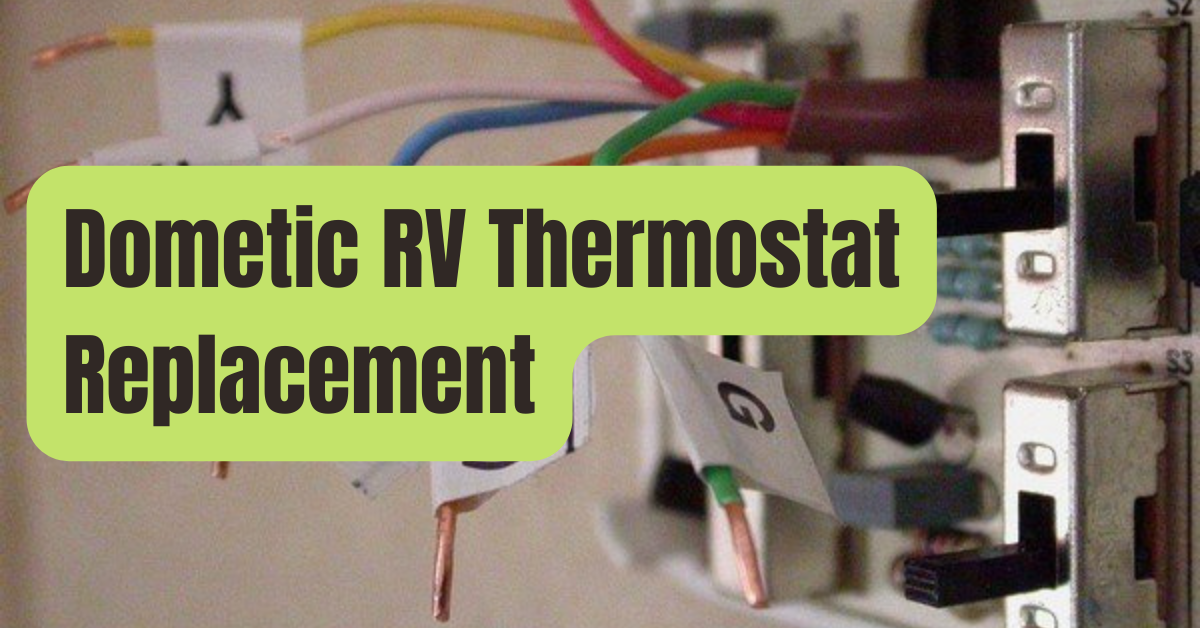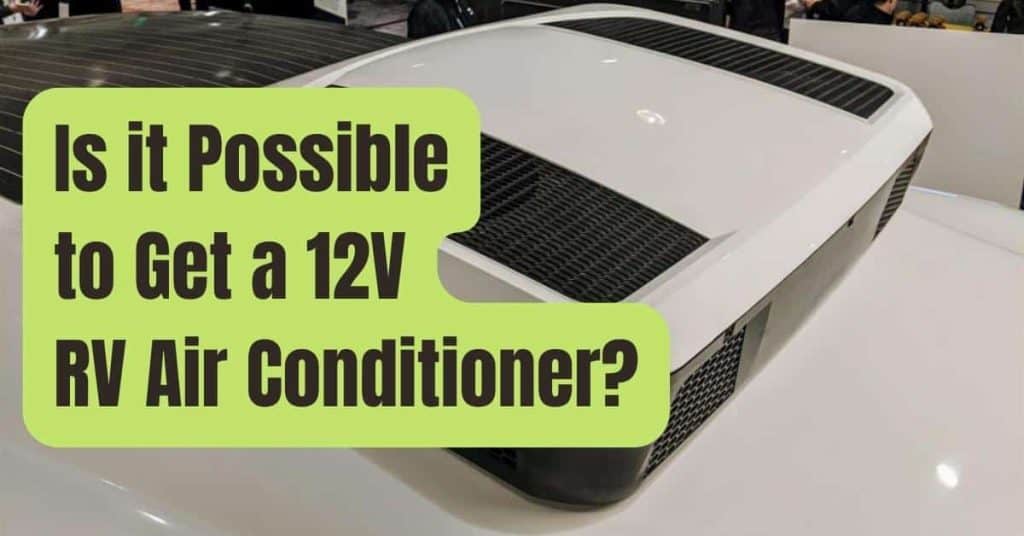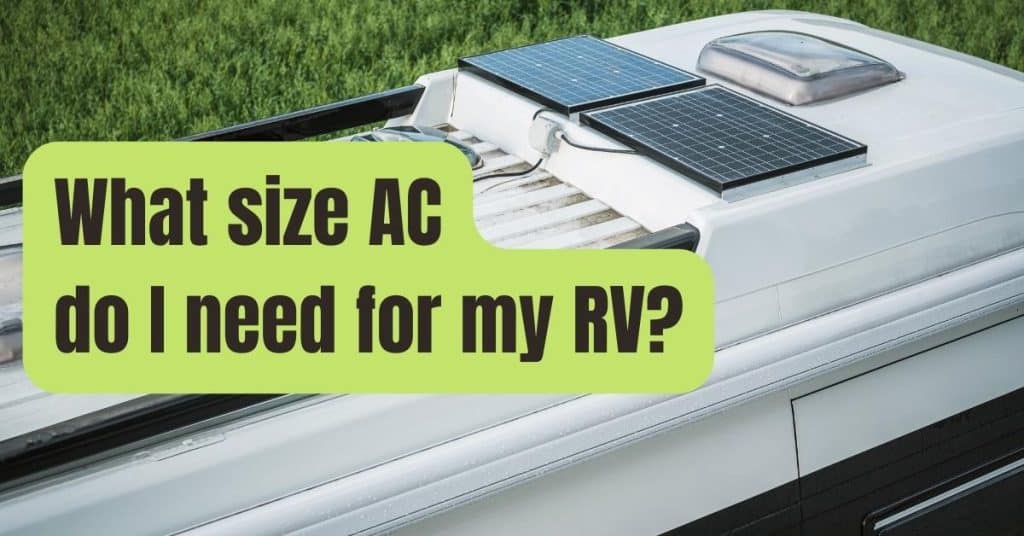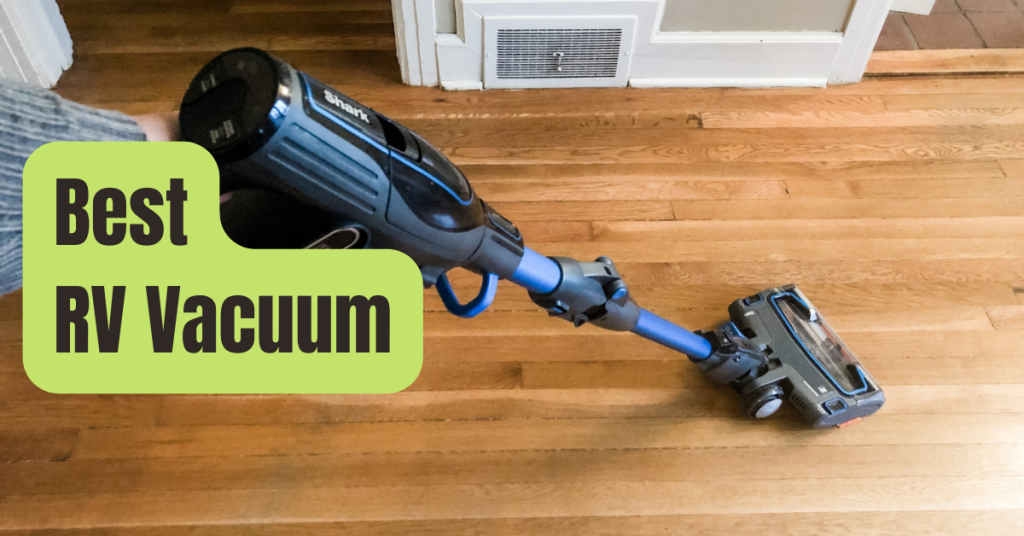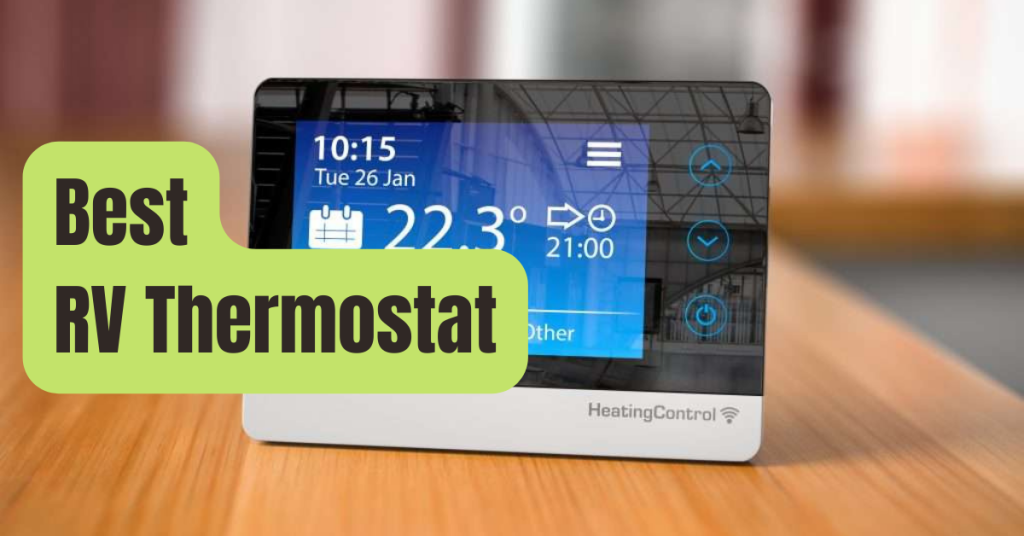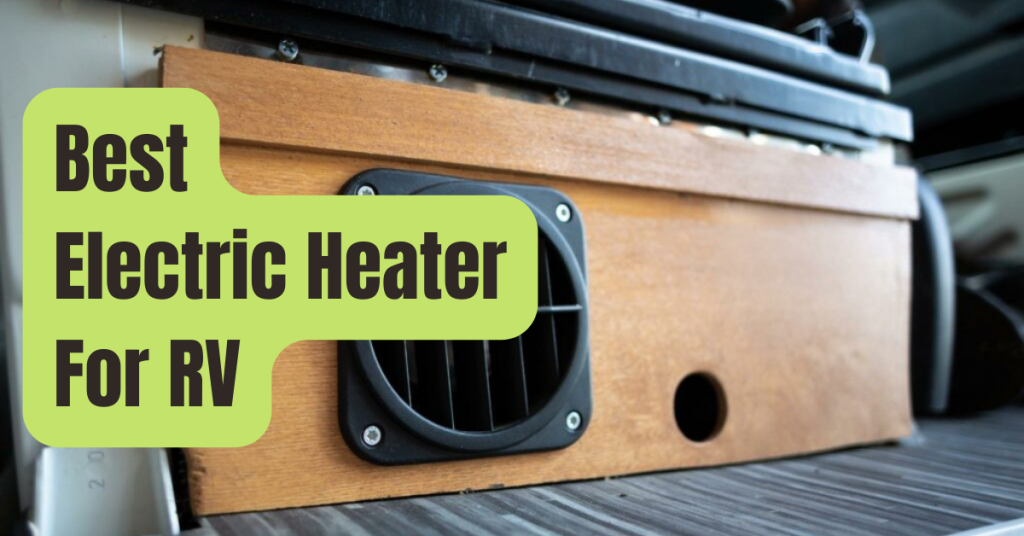The issue with the digital era is that when digital devices malfunction, getting them fixed may be costly or complex.
The replacement may seem like a terrific solution, but it is either too costly or you are unsure of what to use in its stead.
Can I get a new thermostat for my RV? When it comes down to it, you can replace just about any item, even an RV thermostat.
What do you wish to use as a thermostat replacement, then? Replacing the present thermostat with the same model is a given if you believe in Dometic goods.
Just keep reading to find out more about replacing Dometic thermostats.
It contains the details you need to be aware of in order to choose wisely.
Obtaining the appropriate information will prevent difficulties in the future.
Can I Use Any Thermostat To Replace The One In My RV?
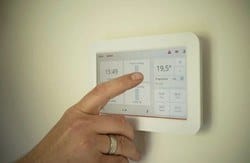
It is feasible to replace an RV thermostat, but there are a few things to consider before making a hasty purchase of a less expensive alternative.
First off, the 12 Volt RV electrical system is intended for use with the RV thermostat.
Most thermostats for homes and other buildings are designed to operate on a 24-volt system.
To utilize your replacement without too much adaptation, it must be built to operate on a 12-volt system.
Then, home thermostats are not designed to support more than one fan speed.
If the fan system in your RV has two speeds, you would need to add a switch to account for the difference.
Although the installation is not difficult, the final result could not look amazing.
You may either connect the switch there or let it dangle there from a handy location on the wall.
Check the present thermostat first before buying a new.
It could simply need a quick reset in order to function normally once again.
The procedure you employ to reset the thermostat should be described in your owner’s handbook.
Oh, and Dometic thermostats appear to need that you first switch them off in order to read the room’s real temperature.
Although rather annoying, this is how Dometic constructed its thermostats.
Upgraded Dometic RV Thermostat
Your present Dometic thermostat may be upgraded to a better Dometic unit.
The firm manufactures a variety of thermostats, all of them are intended for recreational vehicles (at least the ones made for RVs are).
The Dometic Single Zone RV Air Conditioner Thermostat is the first of at least two possibilities that you may test out.
This single zone device, even though it says AC thermostat, also controls your furnace.
Although some button clicking will still be required, its main selling point is the ability to utilize sensors instead of touching them.
You may manage the heat, the cooling, and other things you wish to access by lightly tapping on the three input regions.
The Dometic Comfort Control Center is the second upgrade option.
Even though this device has more buttons than a standard thermostat, you still have superior control over how your vehicle is heated and cooled.
It is a programmable gadget with all the buttons placed front and center for easy visibility.
Additionally, those buttons operate the clocks, fans, and other important elements.
The display should be simple to read so that you can quickly confirm that you made the choices you intended.
Once you’ve made your decisions, you can put it all behind you and just relax and take advantage of the conveniences your heating and conditioning system offers.
How Can a Dometic Thermostat Be Removed?
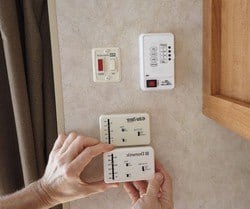
The upgrade’s easiest step will be to remove the thermostat.
Installing the new improved model might be challenging, particularly if it has more cables than the outdated one it is replacing.
Get a flat head screwdriver first, then locate the notch that has to be pry-up with it.
Put the screwdriver in that notch and release the thermostat’s outer shell.
Be cautious since not all thermostats are made the same way and others just need pushing a tab.
The screws attaching the thermostat to the wall must next be removed.
When you handle the cables, you will have a little breathing room and room to move as a result.
Make sure the wires do not slip back into the wall by completing each one individually so you can identify them.
You will have to spend more time digging them out if the latter occurs.
You could have problems connecting the wires to the correct terminals on the new thermostat if you don’t mark them.
If you have problems re-wiring, you can connect the wires to the incorrect terminal, which would prevent various functions from functioning.
The thermostat ought to fall into your hands easily once you remove the cables and screws.
Additionally, if the heater or air conditioner won’t come on after the new thermostat is installed, you may need to switch the old thermostat back on to see if the issue is with the new thermostat or the heater or air conditioner itself.
Installation Of A Dometic Capacitive Touch Thermostat
To assist you with installing this component in your RV, Dometic offers a kit.
The offered instructions, however, only include drawings and are not in text format.
You will be given access to that website so you can see what is required to install this device.
The kit is available at this URL.
The link to the instructions is included in the download section.
The electrical design schematic is then available to you through this link.
The most important thing is to make sure the cables are connected to the correct spots.
If you don’t, you may have to spend some time determining which cables to transfer to their new place, for example.
Check the breakers that control the thermostat if everything is properly connected but nothing is working.
The gadget won’t receive any power if they have tripped.
Try again after resetting the breakers to allow electricity to flow.
Crossed wires might quickly trip the breaker, protecting you from additional harm.
Make sure the main power is switched on as well.
Although this wiring procedure is straightforward, it would be advisable to engage a professional to do it for you.
They can guarantee that every issue is avoided.
Dometic RV Thermostat Fahrenheit to Celsius Conversion
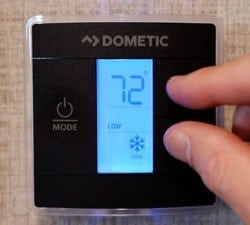
Pressing the up and down buttons simultaneously will convert your thermostat’s readout from Celsius to Fahrenheit, according to Dometic.
At 90 degrees F, or about 30 degrees C, most Dometic furnaces will reach their maximum temperature.
Additionally, the thermostat may not be the issue if you have heating issues.
The ducting may not be connected to the plenum in certain RV models that use the Dometic system.
Sometimes while assembling an RV, tape is utilized instead of screws.
Make safe improvements to the system after examining how your duct system is connected to essential parts.
Earlier Than Replacing the Thermostat
It is a good idea to double-check the following typical issues that cause your equipment to cease functioning correctly when thermostats start acting up before replacing them.
- Examine the batteries – they may have lost power sooner than anticipated. When your thermostat is powered by batteries, this is a regular problem.
- The display screen is blank – this indicates that it is broken and that the only solution is to replace it. Manually double-checking analog thermostats is necessary to determine if they have failed.
- The temperature of the room and the thermostat do not correspond – this is due to improper signals being delivered to your furnace and air conditioner. To verify this, you would need to use a different thermometer first.
The RV’s thermostat is faulty, therefore your only choice is replacement if they do not concur.
- Heat or air conditioning not turning on or off – if you hear clicking, the thermostat is not faulty or in need of repair. When there isn’t a click or clicking sound, the thermostat is the one that has to be fixed. Either it has to be fixed or replaced.
Final Thoughts
In your RV, it is feasible to utilize standard thermostats.
However, such home appliances should be battery-powered since otherwise, they won’t function without rewiring.
As long as you obtain the wiring in the proper location, upgrading your existing thermostats is also a viable alternative.
While it is possible to change the part yourself, hiring a professional lowers the likelihood of a problem.

